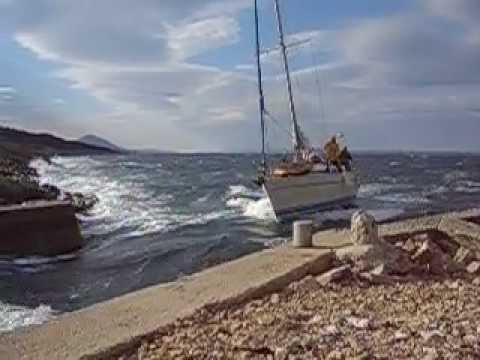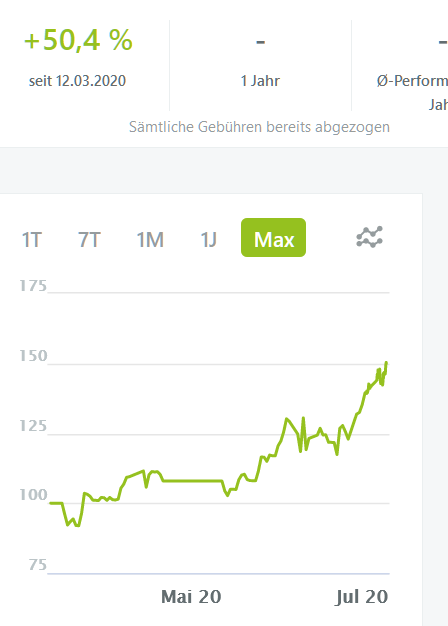The 1979 Fastnet race was the twenty-eighth Fastnet race, a yachting race held generally every two years since 1925 on a 605-mile course from Cowes direct to the Fastnet Rock and then to Plymouth via south of the Scillies. In 1979, it was the climax of the five-race Admiral’s Cup competition, as it had been since 1957.
A worse-than-expected storm on the third day of the race wreaked havoc on over 306 yachts taking part in the biennial race, resulting in 18 fatalities (15 yachtsmen and 3 rescuers). Emergency services, naval forces, and civilian vessels from around the west side of the English Channel were summoned to aid what became the largest ever rescue operation in peace-time. This involved some 4,000 people including the entire Irish Naval Service’s fleet, lifeboats, commercial boats, and helicopters.[1]
The story of the Force 10 gale which decimated the 1979 Fastnet race, the last of the Admiral’s Cup events in that year. A massive search and rescue operation was begun as half of the 300 yachts competing went missing in a 20,000 area square of the Irish Sea. The death toll was 15, and the ramifications are still felt today with the increased safety requirements introduced in the aftermath
BBC
Director: Nat Sharman
Series-producer: Greg Lanning
Scriptwriter, Writer: Christabelle Dilks










Dear Nat, Greg & Christabelle,
Thank you kindly for filming, reporting, reflecting and memorializing the 1979 Fastnet Race disaster. For sailors today, whether racing or cruising, it is worthwhile to look back at historic sailing/yachting tragedies to learn what happened, why it happened and what preventive measures and level of preparedness is necessary to survive such a catastrophic storm.
I’m 71 yrs old and one of the lucky sailors that survived the ’79 Fastnet – and still racing!
I crewed on the Canadian yacht „Magistri“, from the Royal Canadian Yacht Club, Toronto. On your „Sea Fever – Fastnet Race Disaster, 1979“ film, you will see us on Magistri at the 1 minute and 9 seconds mark. We/Magistri (navy hull with red and yellow stripes) are directly behind Australia’s „Police Car“ (designed by England’s Ed Dubois. He was a great friend – he invited me to sail on his newly designed „Formidable“ for Peter Vroom – we competed in the St. Malo race. Sadly, he left us to soon).
Of the three Canadian yachts, Magistri was the only yacht to finish in Plymouth, at end of day Wednesday August 15th. Our other two Canadian team yachts were „Evergreen“, from Royal Hamilton Yacht Club, Hamilton, Ontario, and „Pachena“, from the Royal Vancouver Yacht Club, BC, they retired in Cork, Ireland.
Of 300 plus starters, only 80 finished, we finished in the top 25. Prime Minister Heath was close behind, as you know, it was won by Ted Turner on „Tenacious“.
Our Magistri team – the same crew – decided to return for the 1983 Admirals Cup and ordered a new „Magistri“ two years in advance, solely to compete in the Admirals Cup. We finished first in the Cherburgh race. At the end of Admirals Cup, the Swede’s purchased Magistri, which made a comeback to the 1987 AC as part of Sweden’s team.
I was later appointed Team Manager and returned for a third time for the 1985 Admirals Cup.
Toronto’s Adam Mayers wrote book on the Canadian Admirals Cup Team in the 1979 Fastnet Race, book title „Beyond Endurance.“
Of the 11 crew, there are 9 of us left (at 71, I’m the youngest). We are currently planning on returning in 2024 for the RORC’s 1979 Fastnet Memorial so we may all honour those less fortunate then us, lest we forget.
Again, thank you for creating and sharing a historic disaster so that many may learn from it and save future lives.
Apology for my rambling.
I wish you fair winds and following seas!
André Calla
acalla@thecallagroup.com